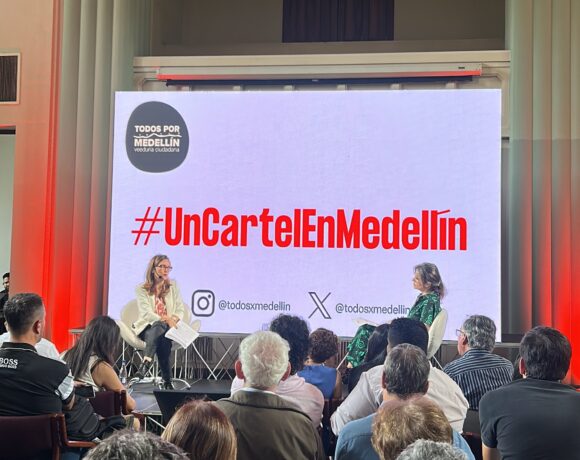Colombia Government, FARC Ink Cease-Fire Deal

Colombia President Juan Manuel Santos and Fuerzas Armadas Revolucionarias de Colombia (FARC) leader Timoleon (“Timochenko”) Jimenez formally signed a cease-fire agreement June 23 in Havana, Cuba, a key step before any final “peace agreement” deal would be signed.
The FARC and other narco-terrorist groups are principally responsible for the forcible displacement of some 6 million Colombians, tens of thousands of murders, vast narco-trafficking crimes, massive extorsions, environmental and infrastructure destruction, tens of thousands of child abductions and thousands of kidnappings over 50 years.
According to the official Colombia government announcement, the cease-fire deal includes an agreement whereby the FARC will “abandon” its military arms in 23 designated “concentration zones” including FARC strongholds.
The deal also includes “guarantees of security and the struggle against criminal organizations responsible for homicides and massacres against defenders of human rights, social movements or political movements, including criminal organizations that have been termed as successors to paramilitary groups or their support networks, and persecution of criminal conduct that threatens the implementation of the [peace] accords and construction of peace,” according to the announcement.
Witnesses at the signing ceremony included Cuban President Raul Castro, Norwegian Chancellor Borge Brend, Chilean President Michelle Bachelet, Venezuelan President Nicolas Maduro, United Nations Secretary-General Ban Ki-Moon, Dominican Republic President Danilo Medina, El Salvador President Salvador Sánchez Cerén and special envoys representing the United States and the European Union.
President Santos earlier announced that the FARC will “abandon” their arms under the supervision of the United Nations.
Once the final “peace agreement” is signed, the FARC will “cease to exist,” Santos said.
The cease-fire deal is the third of six key points outlined in the “peace agreement.” A plebiscite remains to conclude the deal, but only requires 13.5% of Colombia’s eligible voters to approve the deal.
Earlier points agreed-to covered rural development, political participation, victims-compensation, an “alternative” justice scheme and a supposed joint-efforts agreement to fight drug-trafficking – the later point viewed by most Colombians as extremely dubious, given that the FARC depend on cocaine trafficking for most of their income (see “Colombia President, FARC Leader Shake Hands, See Peace Deal in 6 Months,” Medellin Herald, September 23, 2015).
According to a 15-page joint statement issued by the FARC and the Colombian government following the cease-fire deal, the FARC would “abandon” their arms within 180 days of the signing of a final “peace agreement.” Three monuments would be built with the arms — one in Cuba, one at the United Nations and one in Colombia, according to the statement.
















